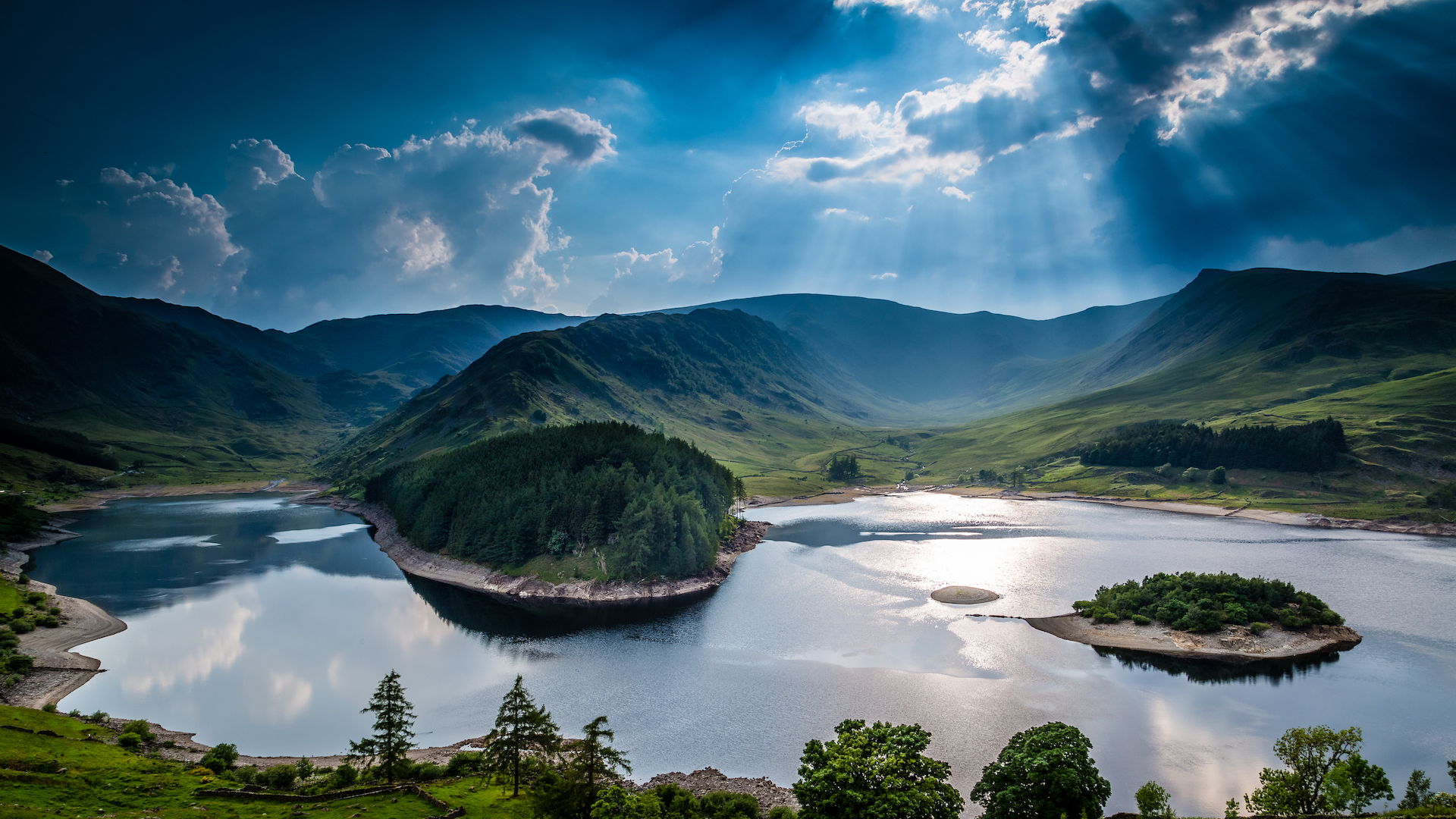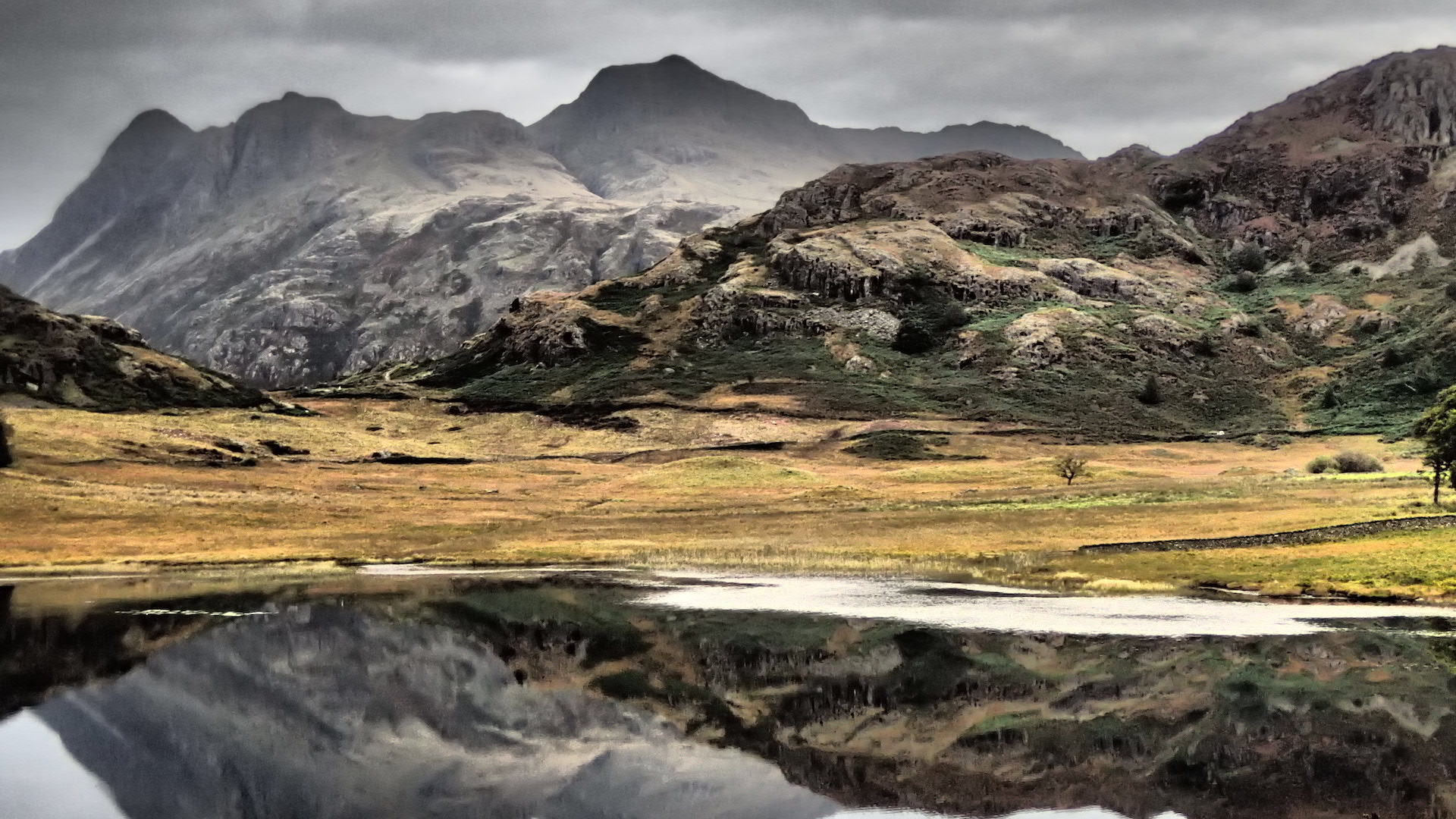Why you need to visit the Lake District, the UK’s most popular national park
Boasting England’s deepest lake, highest mountain, and longest lake, visit the Lake District for nature on a truly monumental scale

For a Great British getaway, you must visit the Lake District. This undulating patchwork of high mountains and mirror-topped lakes is a World Heritage Site, and the largest of England’s national parks. With stunning scenery and so much wilderness, it’s the perfect place to lose yourself in the sheer majesty of the natural world.
Head into the brisk fell air, trace the glassy edges of the lakes, or dive out of the sunlight and into the woodland trees. Armed with a map – or an app – the Lake District is a walker’s paradise and there’s a route for everyone. Choose one of 48 buggy and wheelchair-friendly ‘Miles Without Stiles’ walks, book an official guided tour for a small fee, or create a custom route of your own. If you want to pick up the pace, there are no shortage of cycling trails too – just rent a bike from Coniston Boating Centre and get pedaling.
- Best hiking boots: explore the Lakes in comfort
- Keep dry in the Lake District with the best waterproof jackets
- Best hiking backpacks: to carry everything you need on your expedition
The weather can be unpredictable and the terrain uneven, so it’s best to dress in layers and wear proper walking boots. On average, temperatures reach around 20 degrees Celsius (68 degrees Fahrenheit) in the summer and drop to 1 degree Celsius (34 degrees Fahrenheit) in the winter. Though far from extreme, the Lakes can be wet and windy, especially out in the fells. In fact, the Lake District hamlet of Seathwaite is the wettest inhabited place in England, but the view makes the risk of rain more than worthwhile.
If you’re a keen-eyed wildlife enthusiast, your efforts may even be rewarded with a rare animal sighting. Grizedale Forest is home to red deer and red kites, while Derwentwater has otters and peregrine falcons – the fastest animals on the planet. Meanwhile, Whinlatter Forest and Dodd Wood hide some of England’s last remaining red squirrels. For travelers more inclined to learn about the long history of the Lake District, there are thousands of archaeological sites within the park boundaries too, including 283 scheduled ancient monuments that you can visit.
Round out your trip by venturing onto one of the 16 lakes that give this glorious national park its name. Book a leisurely guided cruise, or rent your own boat from Coniston, Windermere, Derwentwater or Ullswater. Rowing boats, motorboats, paddle boats or canoes – the choice is yours. Get out on that glinting water and lose yourself in the view.

- How to use a compass: an essential skill for every hiker
- How to read a map: don't get lost in the Lake District!
- Climbing multiple mountains: get a taste for peak-bagging
Written in the rocks
The distinctive lakes and mountains of the Lake District reveal secrets about the park’s ancient past. The smooth, black rocks of the mountains in the northern part of the park contain sediments from the bottom of a 500-million-year-old sea. The tall crags of Scafell, Helvellyn, and Langdale Pikes are the remains of volcanic eruptions that happened 450 million years ago. The limestone at Whitbarrow Scar contains the fossils of 320-million-year-old tropical sea creatures. This mix of rock types, along with 400-million-year-old granite and 420-million-year-old sandstone, has shaped the landscape that we see today.
For more articles like this, sign up for the Advnture newsletter and get a FREE World's Greatest National Parks ebook.
All the latest inspiration, tips and guides to help you plan your next Advnture!
